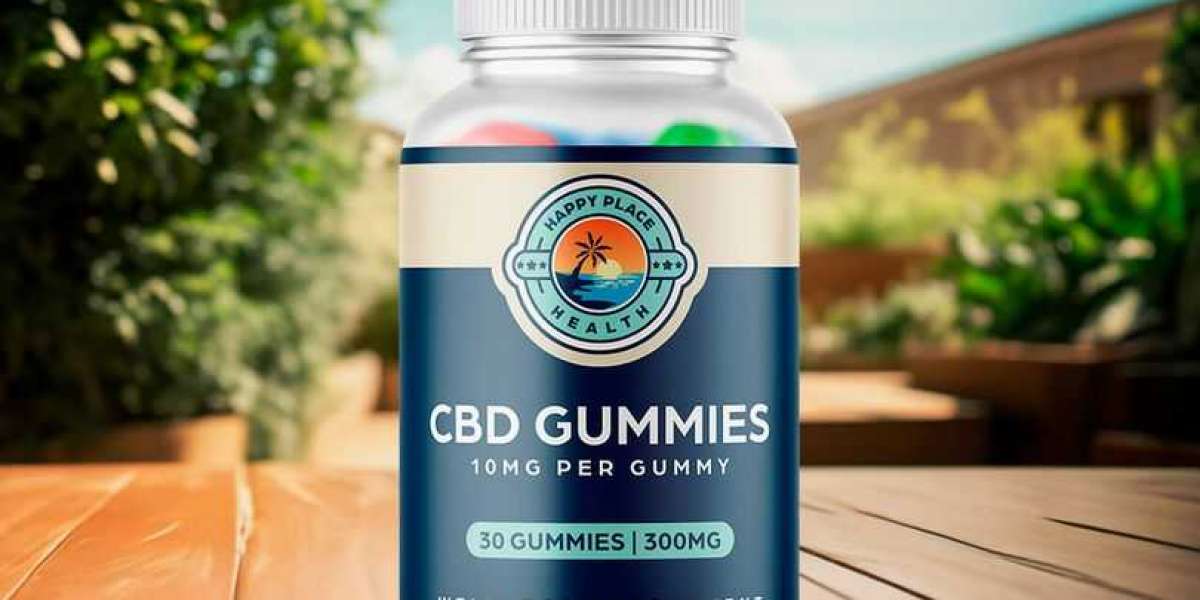The Challenge of Dryness: An Introduction to Xerostomia and its Therapeutics
Xerostomia, commonly known as dry mouth, is a condition resulting from the reduced or absent flow of saliva. This can lead to a variety of uncomfortable symptoms, including difficulty speaking, chewing, and swallowing, as well as an increased risk of oral infections, dental caries, and halitosis. Dry mouth is often a side effect of certain medications, radiation therapy to the head and neck, systemic diseases like Sjögren's syndrome and diabetes, nerve damage, and dehydration. The xerostomia dry mouth disease therapeutics market encompasses a range of products and therapies aimed at relieving these symptoms and managing the underlying causes of dry mouth. These include saliva substitutes, saliva stimulants, oral moisturizers, and therapies targeting the underlying medical conditions contributing to dry mouth.
Market Drivers and the Growing Awareness of Oral Health
The xerostomia dry mouth disease therapeutics market is experiencing growth driven by several factors. The increasing prevalence of chronic diseases like diabetes and Sjögren's syndrome, which are often associated with dry mouth, is a significant driver. The aging global population, which is more likely to take multiple medications with dry mouth as a side effect, also contributes to market demand. Furthermore, the rising awareness of the importance of oral health and the impact of dry mouth on overall well-being is leading more individuals to seek treatment. The increasing use of radiation therapy for head and neck cancers has also created a larger patient population experiencing xerostomia. The availability of a growing range of over-the-counter and prescription products aimed at alleviating dry mouth symptoms is further fueling market expansion.
Product Types and Market Segmentation
The xerostomia dry mouth disease therapeutics market can be segmented based on the type of product used to manage dry mouth. Key product segments include saliva substitutes (artificial saliva in the form of sprays, gels, and lozenges), saliva stimulants (prescription medications that increase saliva production), oral moisturizers (mouthwashes, gels, and toothpastes designed to hydrate the oral cavity), and prescription drugs targeting underlying conditions like Sjögren's syndrome. The market can also be segmented by the route of administration (oral, topical) and by the distribution channel (pharmacies, online retail, hospitals, clinics).
Regional Insights and Future Trends in Xerostomia Therapeutics
North America and Europe currently hold significant shares in the xerostomia dry mouth disease therapeutics market, owing to a higher prevalence of associated medical conditions and greater awareness of treatment options. The Asia Pacific region is expected to witness the fastest growth in the coming years, driven by an aging population, increasing prevalence of chronic diseases, and growing awareness of oral health. Future trends in the xerostomia therapeutics market are likely to focus on the development of more effective and longer-lasting saliva substitutes with improved taste and texture. Research into new saliva stimulants with fewer side effects is also ongoing. The development of personalized approaches to managing dry mouth based on the underlying cause and individual patient needs is another anticipated trend. Furthermore, the integration of oral care products with digital health technologies, such as mobile apps for tracking symptoms and adherence to treatment, may also emerge in the future.







